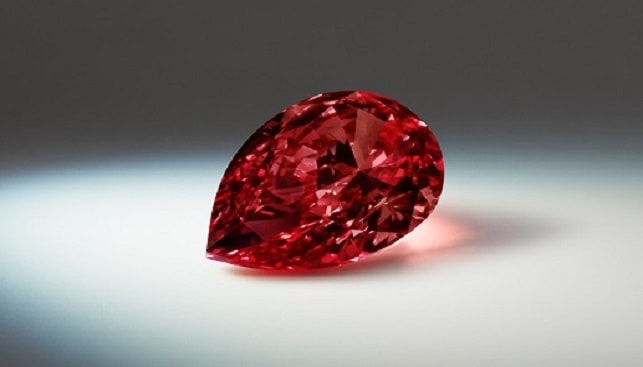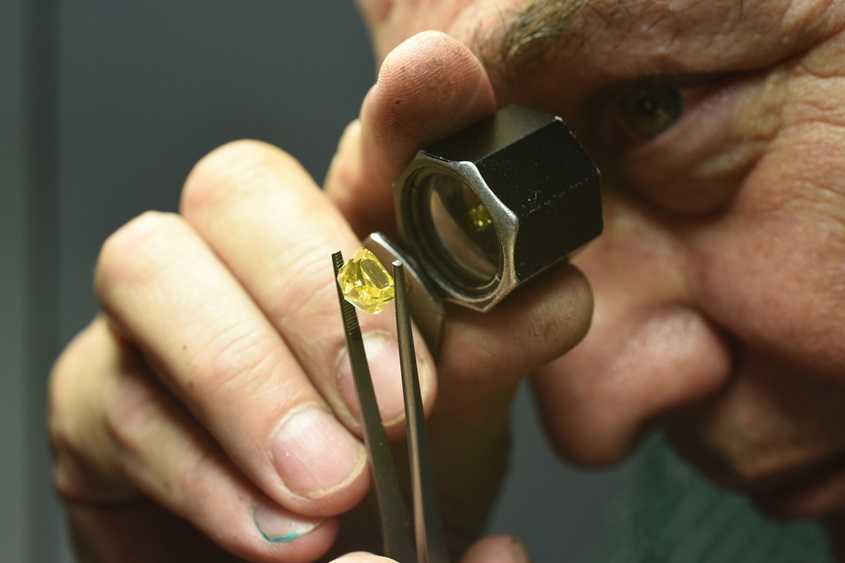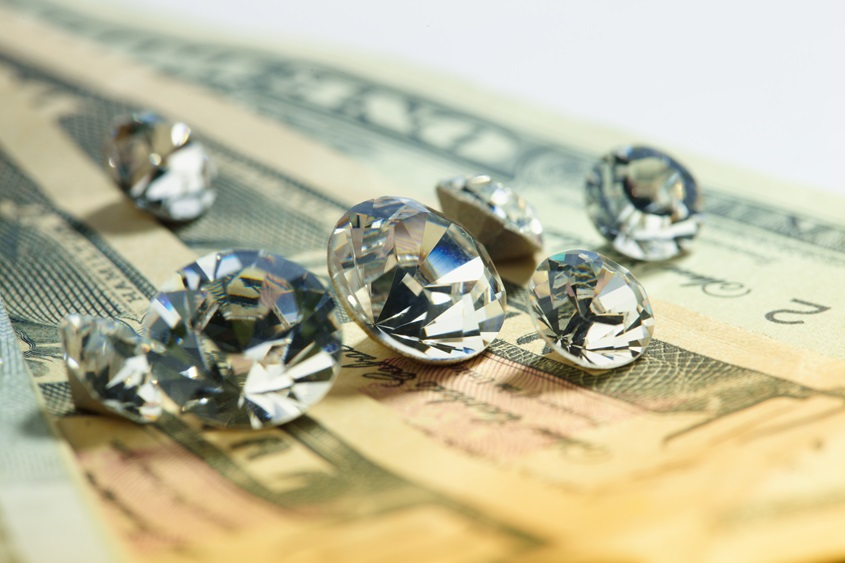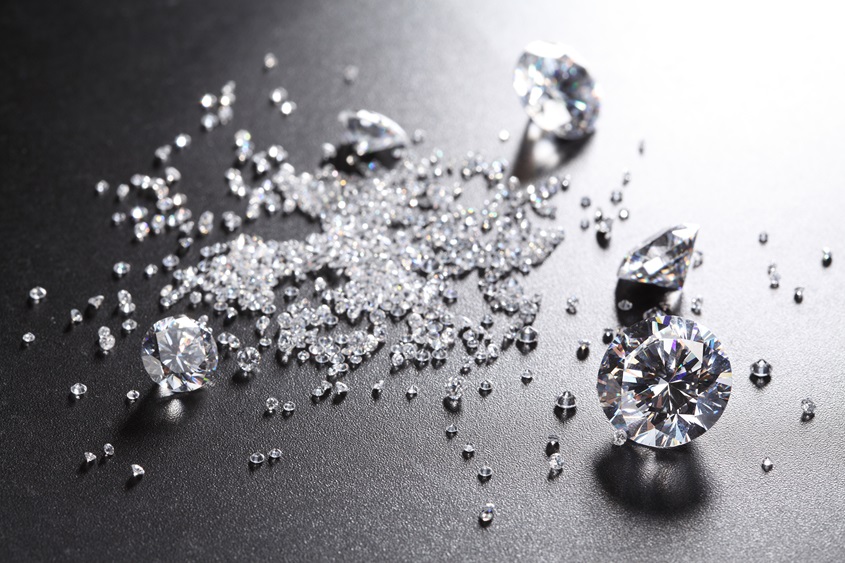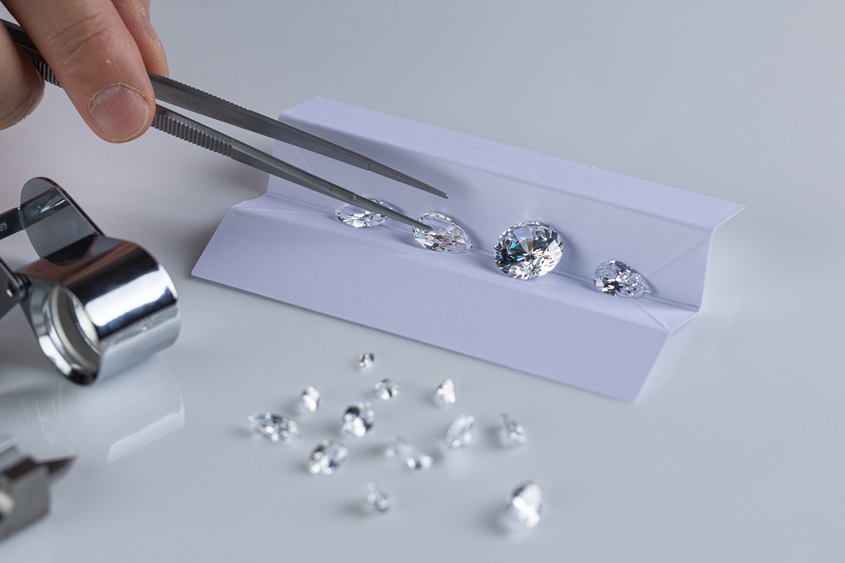The Cullinan Diamond is the largest rough diamond ever to have been discovered. Its weight was 3106 carats, the equivalent of 621 grams.
Discovery of the diamond and the origin of its name
On January 26, 1905, during a standard inspection at the Premier mine in South Africa, Captain Frederick Wells noticed a large sparkling lump stuck to the wall of the mine and he realized that it was part of a larger diamond. The other parts could not be found. The diamond was named after the manager of the mine, Sir Thomas Cullinan.
The government of South Africa decided to purchase the valuable diamond and grant it to the King of England, Edward VII, as a present on his birthday, as a symbol of the colony of South Africa’s loyalty to the British Empire. In 1907, with the help of Lord Selborne, the stone was presented to the King of England.
Cutting the diamond
Many experts debated over how to cut this large diamond. They eventually decided that because of its special shape, it would be cut into several pieces which would be part of the jewelry collection of the British monarchy. They handed the task of cutting the diamond to the Asscher family, the Dutch family famous for cutting and trading diamonds. Special tools suited for a diamond of this size were created for the purpose of cutting the stone.
The diamond was cut into three large pieces, nine smaller pieces and 92 small diamonds. The cutting work took a whole year, and finally they produced the two largest polished diamonds in the world up to that point, which they named “Stars of Africa”.
The Great Star of Africa
At the end of the cutting, the Great Star of Africa diamond weighed 530.2 carats and was the largest polished diamond in the world at the time. It was cut into a pear shape and mounted in the head of the scepter of the British monarch. Today it is on display in the Tower of London, as part of the Crown Jewels
The Lesser Star of Africa
The Lesser Star of Africa weighed 317.4 carats. The diamond was cut into a special shape, a sort of pillow, and it was mounted in the crown of the late Queen Mother.
Cullinan #3
At the end of the cutting, this diamond weighed “only” 92 carats, and it was cut into a pear shape and mounted into the Queen’s crown, next to the famous Koh-i-Noor diamond. The name of the Premier mine was changed to the name of the diamond, and today it is called the Cullinan mine in South Africa.




